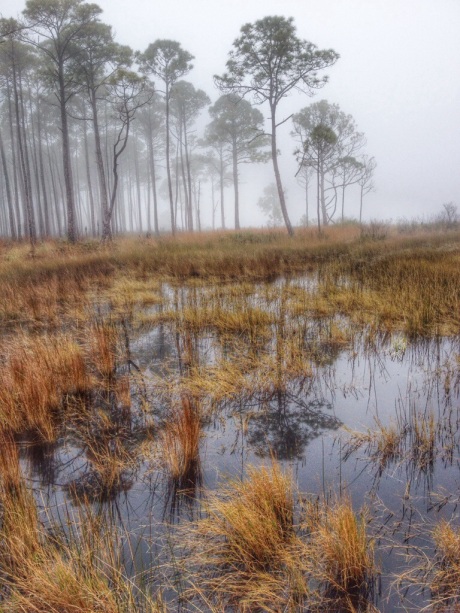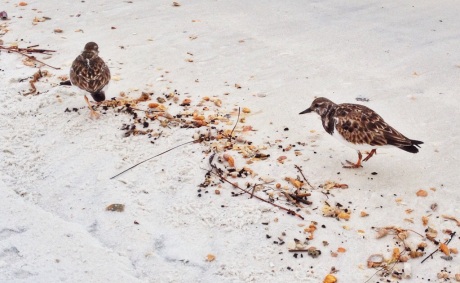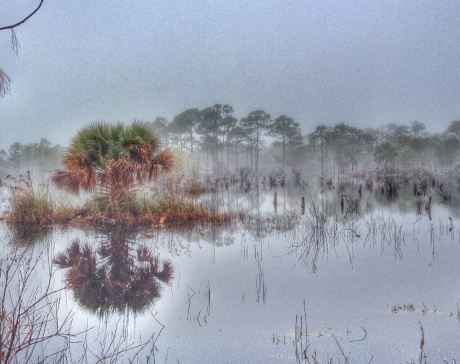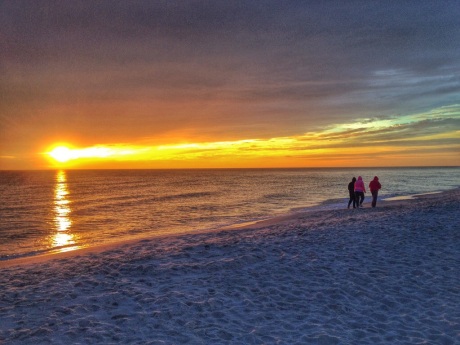St. Andrew State Park and Environs
January 11, 2014
Llano Estacado
April 13, 2008
Bob Woodruff Park…end of summer
September 23, 2007
More Spring Images
March 14, 2007
Signs of Spring
March 12, 2007
Park Dogs
March 8, 2007
Late Winter Afternoon Two
March 6, 2007
More Trout Lilies
March 1, 2007
These images of Trout Lilies (Erythronium albidum) were taken on private property from Feb. 24-Feb. 28, a undisclosed location north of Spring Creek Preserve. The rich woodland habitat for these beauties needs to be saved for future generation from development as well as invasive species located not too far from them. Alien species such as japanese honeysuckle, japanese privet, english ivy, nandina, and monkey grass threaten woodland habitat as well as native plants and animals.
Winter Afternoon Light
February 21, 2007
Trout Lilies and Ants…
February 21, 2007
University of Arkansas
Division of Agriculture
Trout lily seeds contain a structure on the outside of the seed coat called an elaiosome that
acts like catnip for various species of ants. About a third of our woodland wildflowers are
dispersed by ants.
Art Guppy, an Erythronium expert and close observer of ants, thinks that ants may not actually
get much out of the exchange when they disperse trout lily seed. He thinks the elaisome produces
a volatile pheromone that triggers something called the “dead corpse response.”
He observed that ants excitedly grab fresh trout lily seeds and carry them away. But, before they
get to their nests, they loose interest in the seed and drop it. Other ants pass by and pay it no
attention.
According to Guppy’s thinking, this chemical signal tricks the ant into moving the seed away from
the parent plant, but not to take it as far as the nest where conditions might be less favorable
for its germination and subsequent development.
By: Gerald Klingaman, retired
Extension Horticulturist – Ornamentals
Extension News – March 31, 2006









































